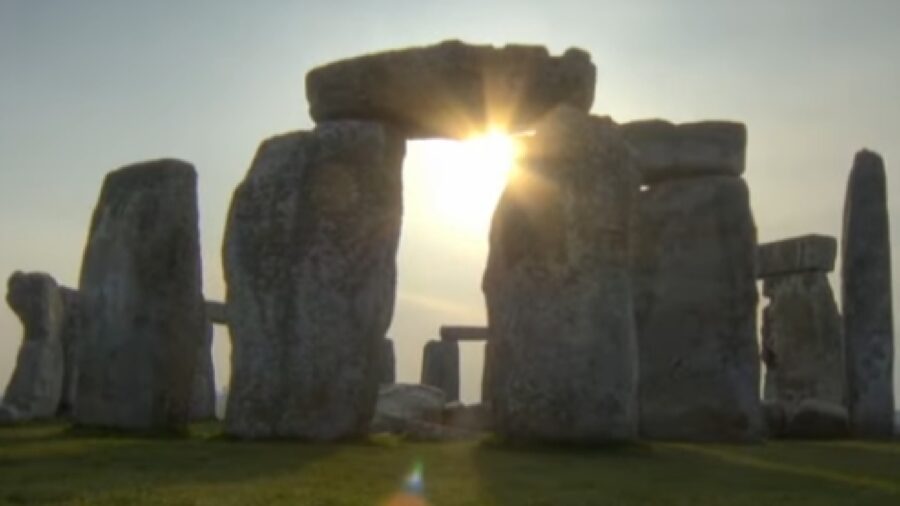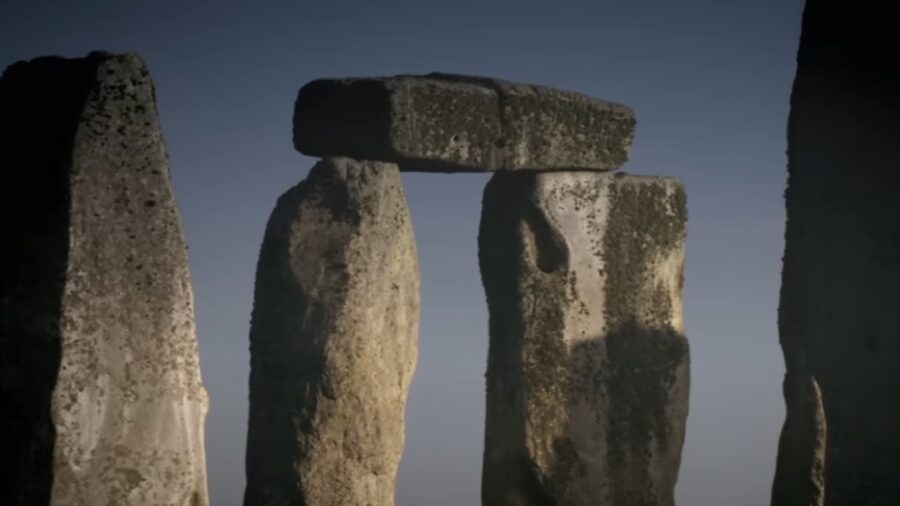Stonehenge Moon Event Straight Out Of Horror Movie, How To See It Happen Live

If you find yourself vaguely reminded of a horror movie, your feelings are understandable: the world’s most famous megalithic structure will soon play host to a celestial phenomenon as rare as it is creepy. This week, Stonehenge will align with the Sun and the Moon, treating viewers to a glimpse of an extraordinary phenomenon. The lunar standstill, as it’s called, will take place on Friday, June 21, at 4:30 pm EST.
Aligned With The Summer Solstice

Stonehenge is world famous for its alignment with the sunrise on the summer solstice (this year, Thursday, June 20). That said, the ancient site also aligns with a lesser-known lunar eventuality—the major lunar standstill, which contributes an added layer of mystery and mystique to the ancient rock arrangement.
The lunistice, as it’s referred to, only takes place once every 18.6 years and entails the moon rising and setting at its most extreme northerly and southerly positions on the horizon.
Experts Debate How Purposeful The Placement Was

Amidst this rare event at Stonehenge, the moon will ascend nearly five degrees past the ecliptic (the Sun’s path through the sky) before manifesting lower in the sky than the Sun does on the winter solstice. Experts believe the long axis of the rectangle formed by the four Station Stones at Stonehenge was built purposefully to point toward this southernmost moon rise, with a significant lunar standstill as its focus.
The Mystery Of Stonehenge

While many have long known about the ancient sites’ link to the Sun and summer solstice, Stonehenge’s relationship with the moon is both less familiar and understood by the public, according to Clive Ruggles, emeritus professor of archaeoastronomy at Leicester University.
The fact that the four Station stones of the megalithic icon correlate with the moon’s progress in the heavens continues, in Ruggles’ view, to inspire debate in the academic community, an ongoing discussion about how purposeful this design was and, thousands of years ago, what its intended aim was.
A Rare Celestial Convergence

Those interested in astronomy know that the Earth rotates on an axis tilted by 23.4 degrees; this means the Sun rises and sets within a specific range, 47 degrees, year-round. However, in the skies above Stonehenge, the moon’s orbit follows a different path and numerical standard, tilting at 5.1 degrees relative to the ecliptic. The result is a 57-degree range of moonrise (cool term) and moonset, oscillating over any given month.
Thus, this week’s near-full moonrise, on the solstice to boot, offers a dramatic, albeit scary, example of the above phenomenon.
Catch The Livestream

Generally, seeing a major lunar standstill in all its glory at Stonehenge is a difficult feat; the extreme points of the moonrise usually do not coincide with full moons, occurring randomly during various moon phases (the current period will last into 2025). Fortunately, although it might herald the beginning of a horror or sci-fi movie, this week’s lunar event assures a visually arresting near-full moon rise, one set in an incredible place.
If you cannot find a flight to England, worry not: the Stonehenge moon event will be streamed live on YouTube, providing a unique opportunity to view this special, awe-inspiring alignment, as haunting as it is compelling, from the comfort of home.












